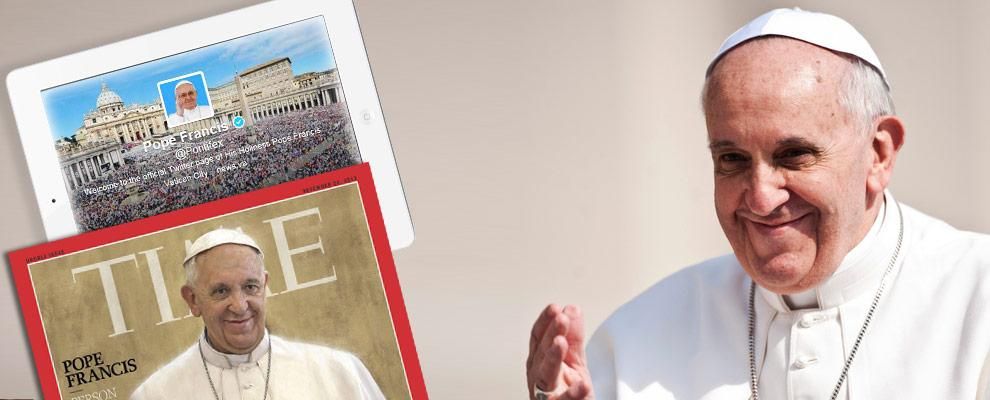Design is a thought activity: we should not replace it with a mere “optimizing” approach, because it’s from imperfections that talent emerges.

English first, with 251.568 tweets. Then Spanish (14.610), surprisingly Korean (2.959), and then Italian (2.382). In the last few months, the world has used these languages to talk with Pope Francis on Twitter.
In a recent analysis, the well-known Italian media research centre, the Osservatorio di Pavia, has studied the diachronic trend, languages, popularity and key words of tweets mentioning @pontifex, from 8.25 am of 25 October to 7.00 am of 16 December 2013.
The Pope’s “landing” on Twitter and the huge success of his profile in terms of followers clearly prove the Holy See’s general opening to social networks: a phenomenon arousing great interest in recent years, not only in the world of communication.
The research provides a quantitative analysis of this achievement, revealing its numbers and thinking upon its underlying dynamics. In addition to the aforementioned languages and considering the uttermost prevalence of English, tweets in French (2.083) and Portuguese (1.471) are very well ranked too. Hollandaise, Japanese and Filipino count less than 100 units instead.
On the whole, tweets mentioning @pontifex were 284.858. Daily peaks were registered during Pope’s preachings and public appearances, but on some special events too, such as when Time magazine named him its Person of the Year, thus confirming the communication strength religion gains when moving with the times.